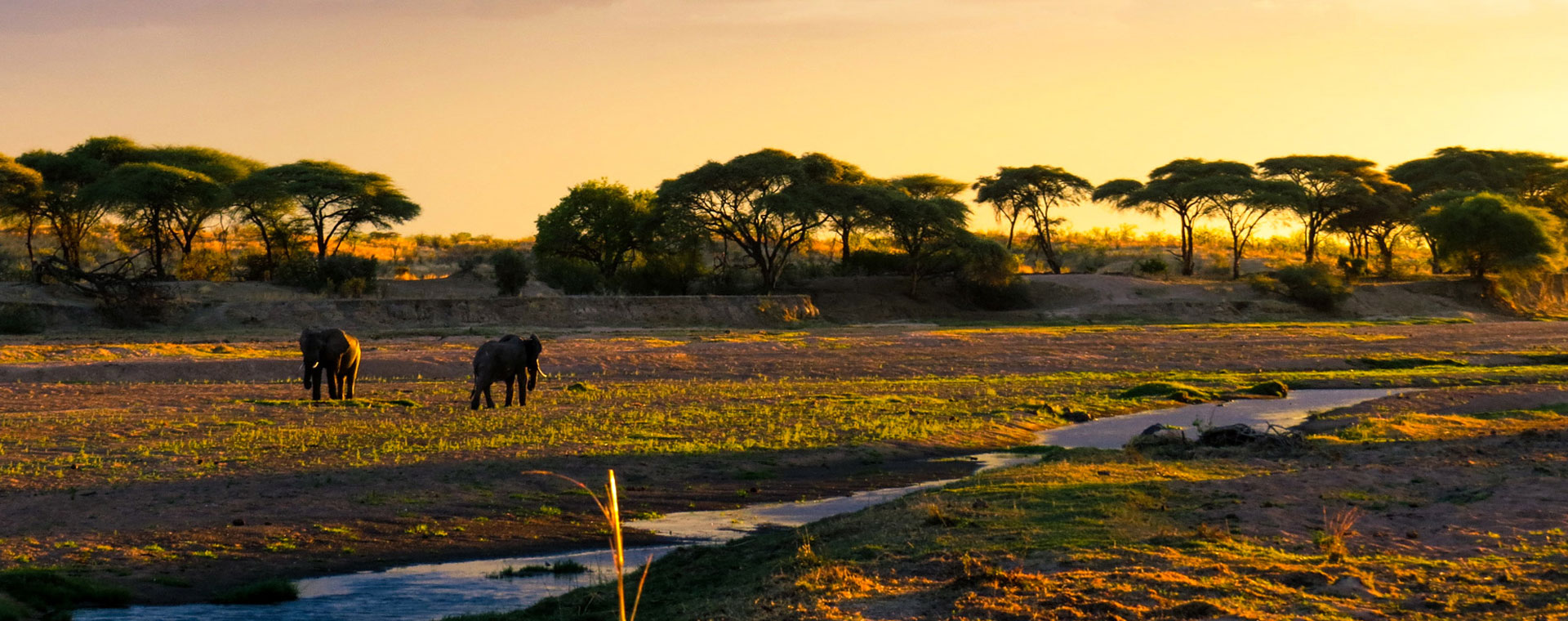Explore Tanzania’s Weather & Climate
Discover the unique weather patterns that characterize Tanzania, a country situated near the equator. Tanzania experiences stable weather throughout the year, avoiding extreme heat, with some regional variations. Whether you prefer cooler temperatures or warmth, Tanzania’s climate caters to diverse preferences. The peak travel season aligns with June to October, coinciding with holidays in many countries.
Best Time to Visit Tanzania
Optimal months for a visit range from November to March. April is still favorable, although it marks the rainiest period. May, known as “The Green Season,” witnesses the mesmerizing migration of wildebeests between regions.
Mountains and Peaks
Explore the peaks of Mount Kilimanjaro, where temperatures plummet below freezing year-round. Nighttime conditions are especially cold, requiring adequate preparation.
Wildlife Reserves in the North
Northern wildlife reserves in Tanzania maintain temperatures approximately 5°C (10°F) cooler than other regions throughout the year. Visitors are advised to bring heavy sweaters and suitable jackets to stay comfortable in these areas.
Coastal Climate of Tanzania
Experience the tropical climate along the Tanzanian coast, including Dar es Salaam, Limdi, Coastal Region, Tanga, Mtwarathe, and offshore islands. High humidity and pleasant temperatures ranging from 27 to 29°C prevail, complemented by refreshing sea breezes.
Central, Northern & Western Tanzania
Explore areas like Kigoma, Shinyanga, Tabora, Mwanza, and Kagera, characterized by highland plateaus. June, July, and August see low humidity and temperatures ranging from 20 to 27°C. December to March witnesses peak temperatures exceeding 30°C.
North East & South East Tanzania
Discover the diverse climates of mountainous Kilimanjaro, Mara Region, Arusha, Mbeya, Rukwa, Ruvuma, Makonde Plateau (Masasi, Nachingwea, Tunduru, and Newalla), Iringa, and Mbeya. June and July nights may drop below 15°C, while the Rungwe mountain area experiences temperatures as low as 6-8°C.
Rainfall Patterns
Tanzania experiences two distinct rainy seasons. Central areas like Dodoma and Singida are semi-dry, receiving less than 500mm of rain annually. Meanwhile, South West and North East mountains receive over 2000mm of rain, and coastal areas receive rainfall ranging from 1000mm to 1900mm annually.

